Roz Neave took the photos…
Our model for the session is Liz Koob and Lady’s First, an Anglo Arab mare currently going around D grade. Liz has been with the horse for about eight months.
Exercise 1: The Poles – where most showjumping exercises start, and we are also starting out with a basic for every discipline, an exercise for straightness…
Let Colleen explain: “Today we were working on both directions over the poles. It does seem strange at first, working on curving lines over poles to make our horse straight, but try it and you will see that it works! Straightness is a focus thing – about riding forward on a line. A curve is a little more difficult than a straight line. There are a lot of good things that this exercise does: It gets the horse’s inside leg active, it gets the rider’s focus up ahead, on keeping the curve in the horse – and if the rider pulls too much on the inside rein, then the horse ducks across the pole, and if the rider doesn’t use enough outside aids, then the horse wanders off the line. It might look simple but this exercise is quite involved and the rider learns a lot just doing this exercise.”
“You start by just walking the horse through the poles to get the horse used to it. The markers are there to keep the horse centred, that’s a rider aid. I find without the markers, you have to keep repeating yourself, telling the rider to keep looking on the road ahead, they wobble all over the place. The markers make life a lot easier for the coach, and then you can take them away for skill testing.”
“The distance between the poles is 1.20m approximately, but it is not critical because the riders can pick where they go. I put the markers for that horse more or less in the centre and it worked well for Liz. If we have a big strider, we go to the outside. You can challenge the rider further by saying, go either side of the markers.”
“It is an essential requirement of any riding: forward and straight, balanced and into the hand.”
story continues below the advertisement
Exercise 2 – Jumping the jump on an angle – a single up-right fence “
“Once again we use the markers to get the rider focused. It’s a surprising thing, when you ride on an angle and you are riding in a two or three point seat, you can really feel when the horse drifts off line. When you are sitting, you don’t feel it quite as much. When the horse drifts off-line, you train the rider to activate the legs to ride forward and activate the horse. Many riders are transfixed on the jump and do not think enough about the corner shape, line, pace and everything that happens between the jumps.”
“When you are out of the saddle and you feel the horse drift off your reins, keep the body straight, keep the neck straight… I’ve used this exercise a lot in clinics and the difference in the focus of the rider’s eyes is amazing. Sometimes I don’t have enough markers and I stand at the end and look at the riders’ eyes. It builds confidence, it keeps the riders looking where they are going and letting the horse get on with the job.”
“If you are serious about jumping then you are just going to have to master the two-point seat. That involves being able to stay in that seat – without relying on the horse’s mouth for balance – and in the centre of gravity for the horse. It focuses a lot more on the rider’s legs. Riders think they are using leg when they sit – but they will ride in two-point around the corner, and then sit down in the saddle, and they will start pushing and they think they are using their legs – and in fact, the horse is behind the leg. When you keep out of the saddle, you find very quickly whether the horse is truly in front of the leg or it isn’t. When start riding in two-point, or you are practicing developing your balance, you can have a neck strap to hang on to. I love to see people trotting over poles in two-point. It gets them down in the stirrup irons – it’s all about balance and it is just a bit of practice. It’s a good exercise to start quite soon, because in fact, most people when they start to ride want to get that crouch down thing happening – a bit of a fetal position perhaps – and then when you learn to push your weight down into the stirrups, and keep straight, very quickly, your balance is better.”
“If riders are having trouble, I say ‘hang on to the neck strap’ because usually those riders who have trouble, do not have good balance with their feet, their heels are up and they are not so loose and relaxed down into the iron; they are tight and short in the leg.”
story continues below the advertisment
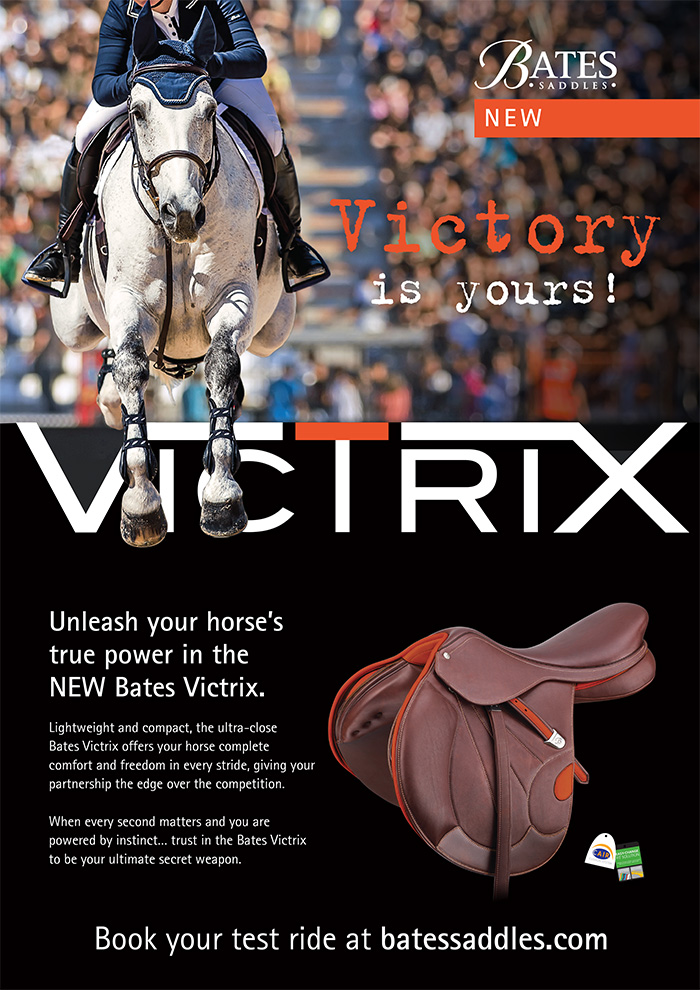
Exercise 3 – A Change of Pace: A simple in-and-out, a low upright fence followed by a slightly higher upright fence.
“The next exercise involved trotting in to the in-and-out, the distance was nine metres (30 feet in old-speak), which is a very short two strides or a very long one stride. Just two single rails. I like three or two point for the trotting in, three point is good – riders are not as worried in three-point as they are in two-point – although riders do find it hard to sit in the front of the saddle with their seat just clearing it because when you say ‘sit in the saddle’, most people want to be upright and sit in the back of the saddle, but that is definitely not where you want to be for three-point.”
“If you trot into the exercise, you will get two strides in the in-and-out; two canter strides. When you land after the second fence, you up the pace, come around cantering and ride the exercise again, and you get the one canter stride with a bit more pace. If you come in and jump it in a normal canter, you’ll get one and a half, but if you open up the stride and come in feeling like you are coming in and taking off a little early at the first fence, then it work fine.”
“That’s the beginning of that exercise. You can also do a lot of that with single jumps – you can practice two jumps, and you can practice take off spots: open, closed, open, closed. I noticed in our clinic with George Morris in January, the first fence that we jumped, was always open – always a going forward one – and in the warm up for our course, the first fence was an oxer, so he was really emphasizing go forward, don’t get stuck in that backward, tight necked way of riding. Go forward.”
“George was always talking about learning to let go, especially on turns. That’s what we were always taught: half halt into a corner, ride out of a corner. You have to think about that if you want to ride a good dressage test. Anne Honner (one of the pioneers of Grand Prix dressage in Australia) used to ask, how many corners are there in a novice dressage test? Something like 70, so you need to know how to ride a good corner. That’s what I see going around the country teaching, riders need to know how to ride good corners – it’s not about pulling the horse around, it’s riding forward in and out of a corner.”
“It’s the same with all the good old basics – as you get older you get more particular about good basics. Everything comes from good basics, and as you get older you learn that more and more. When you are young, you want to do all the fancy stuff, and even if you do it badly, you say ‘I’m really good at this’, but as you learn more, there is a big turn around in your thinking.”



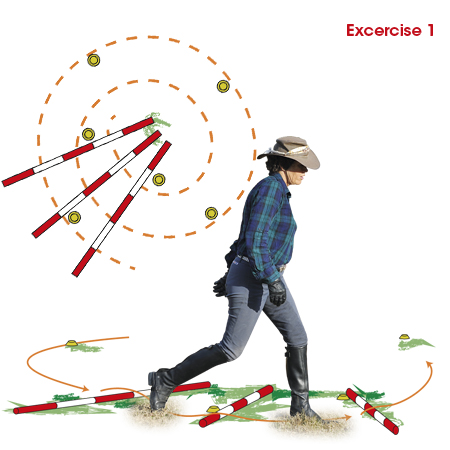
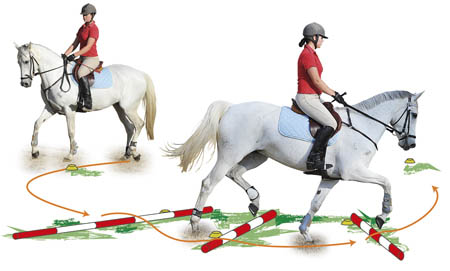
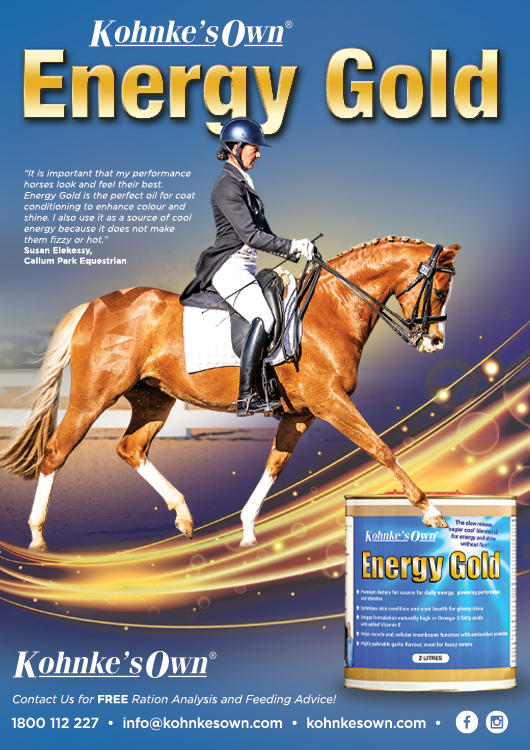
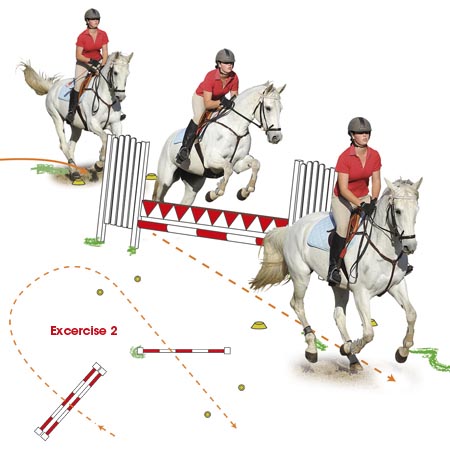

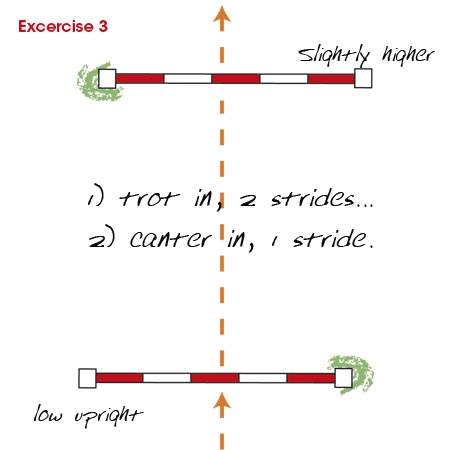
Thanks for a really well written article. There are a lot of common sense pointers here that riders would do well to take note of.
Hi Colleen, thanks so much for this article. Fab!